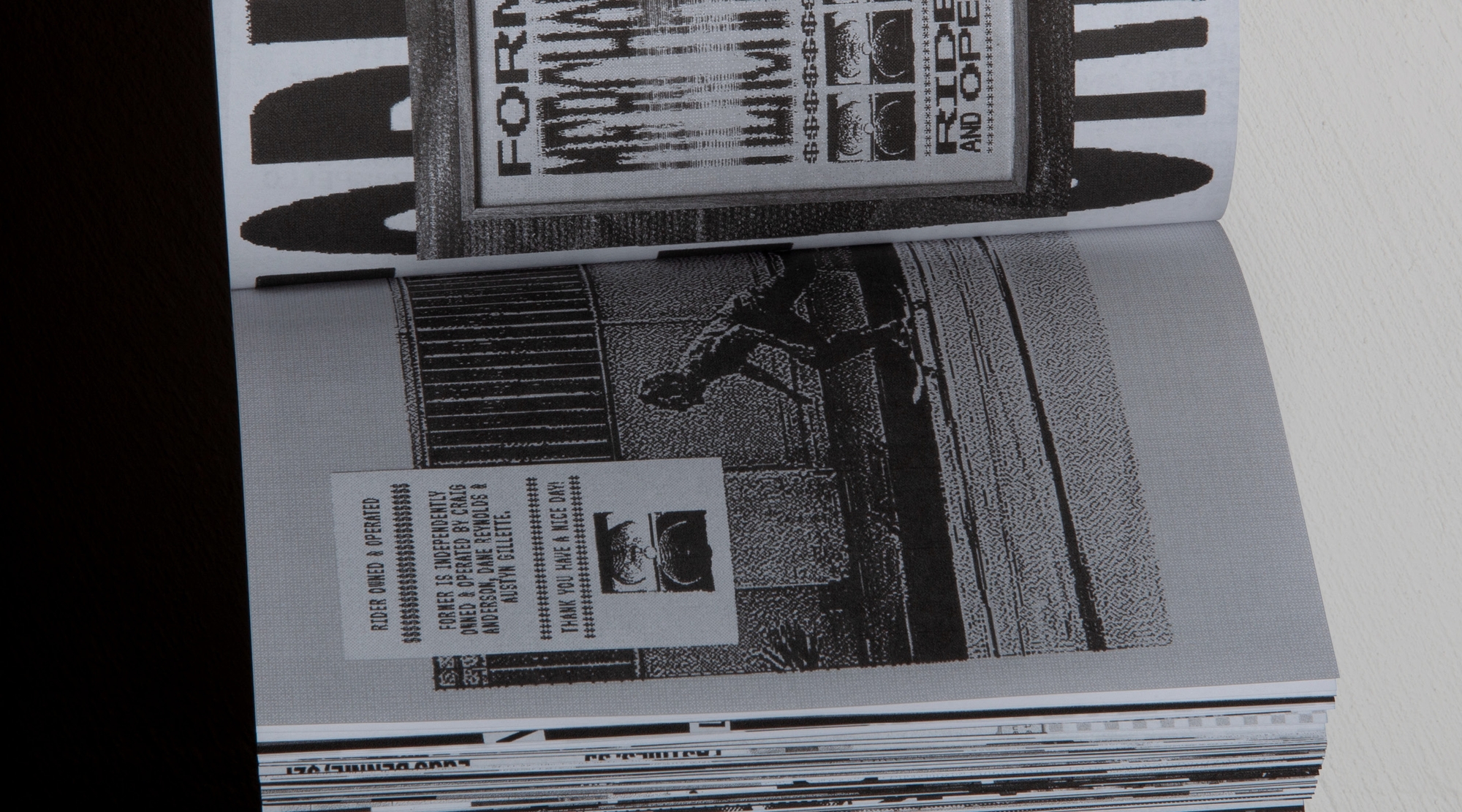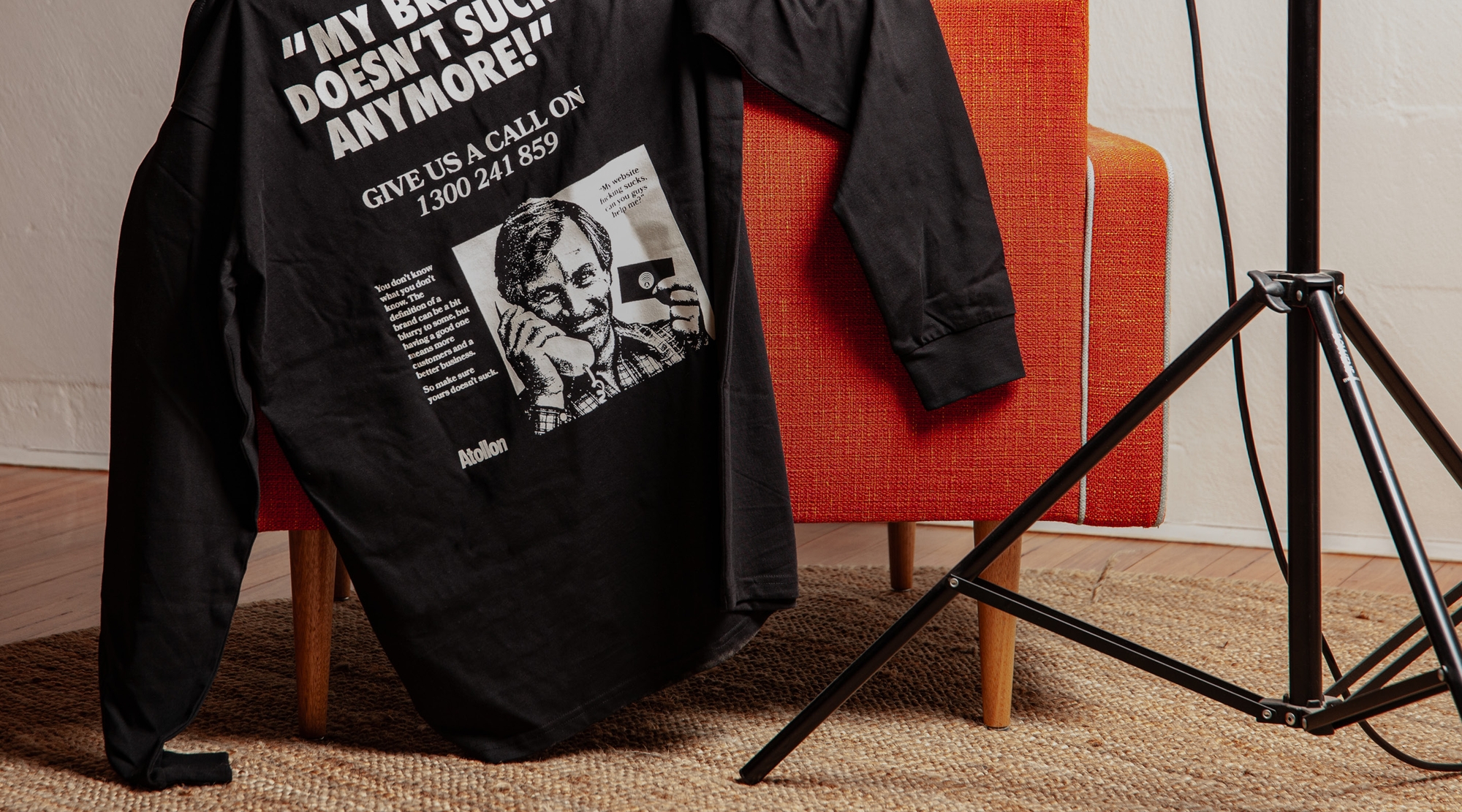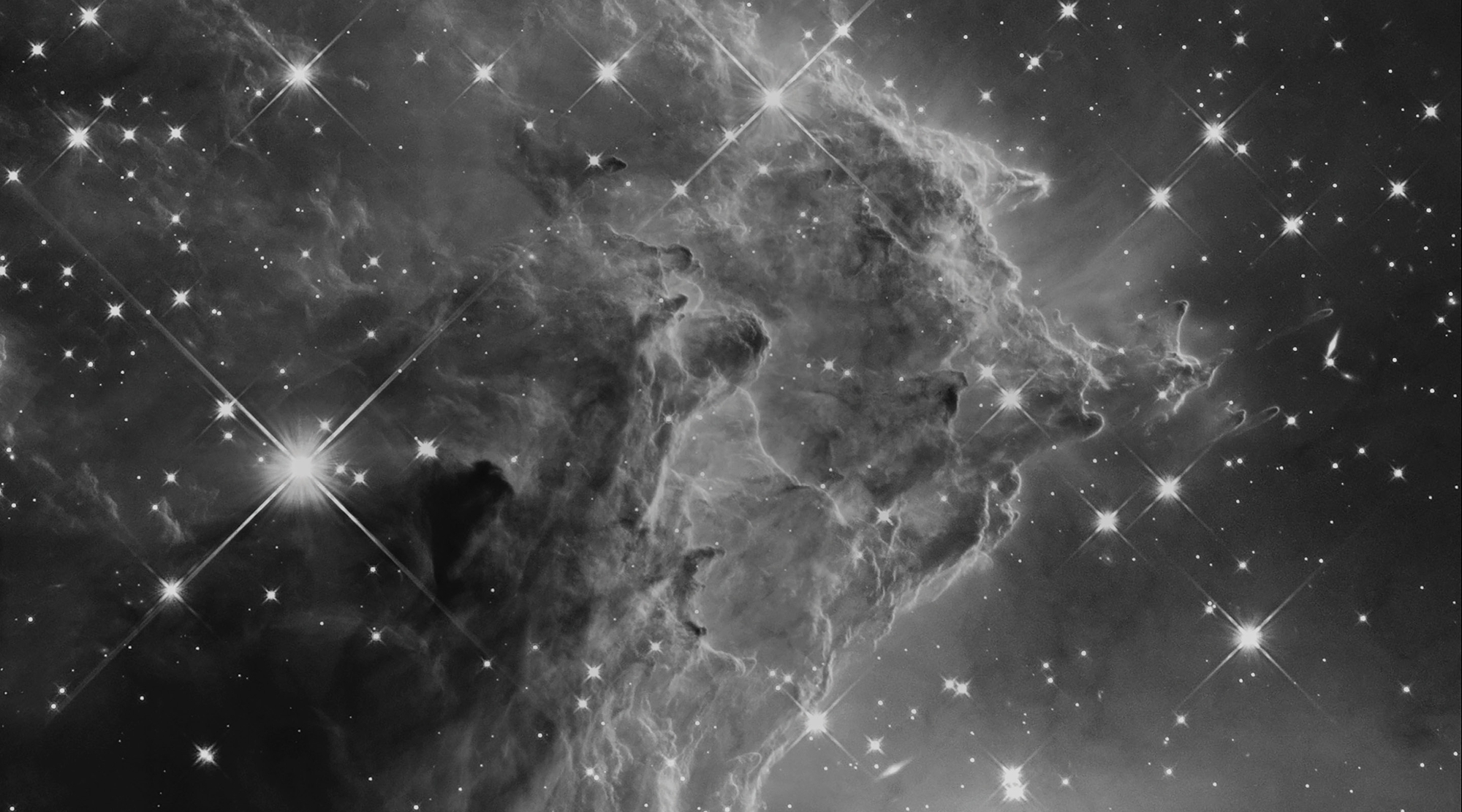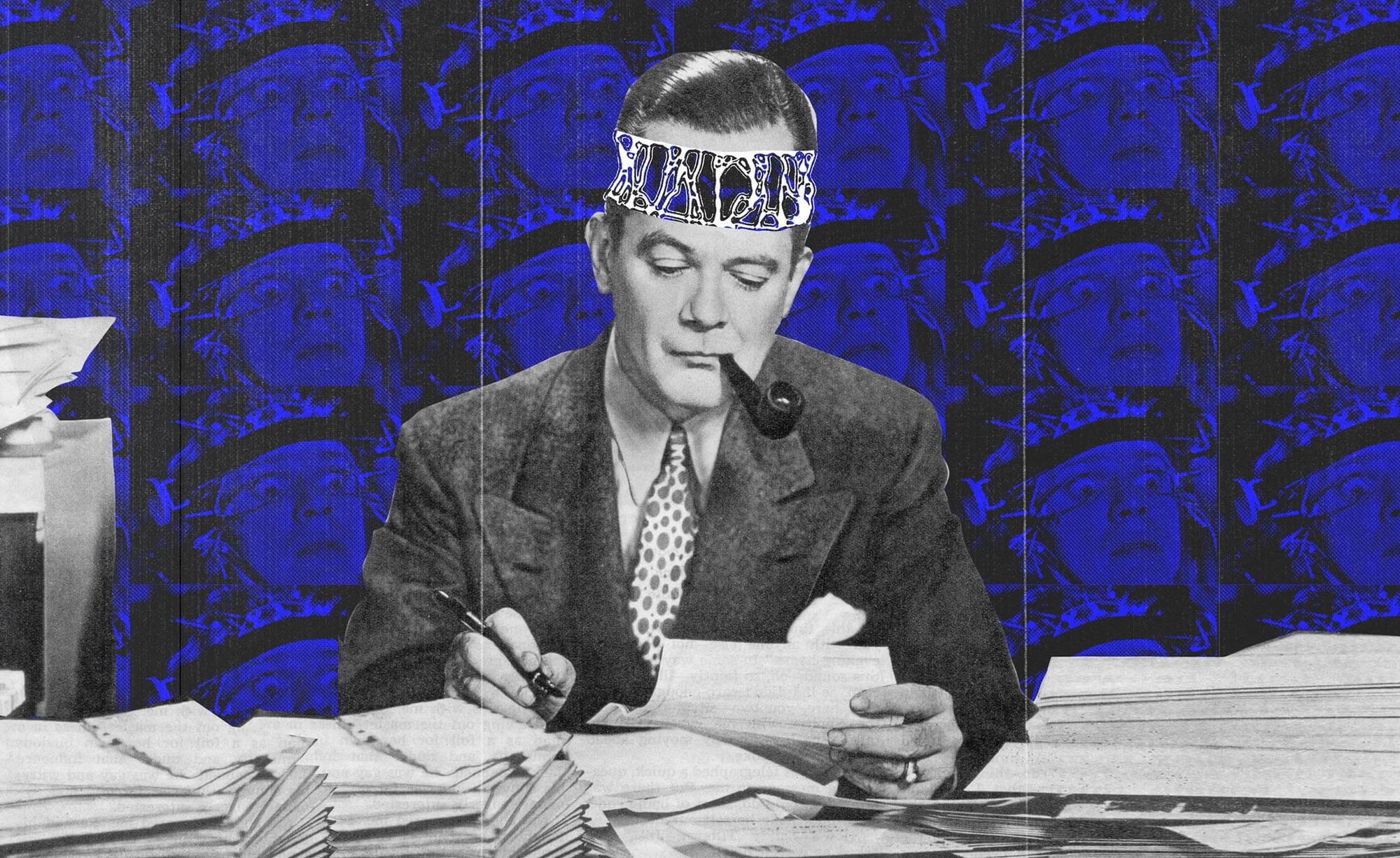Brand Psychology
Author
Tim Meyer
Illustrations
Mike Pharaoh
When you look at the inner workings of why brands appear and behave the way they do; they are no different from people. They have a way of being. They have their own emotion, ethics, values. Brands are living things. And, there’s psychology behind them.
Brand Perceptions.
Everything about a well-constructed brand affects the perceptions and behaviours of its target audience. This goes both ways; it can heighten and build connection, and it can also diminish the response if it doesn’t feel right or sit well with people. Partially this is because the psychology of brands intersects with how people think about themselves as individuals and in groups. When it matches perfectly, they pride themselves on being a proud patron of that particular product or brand. Inspiring aspiration. This could be a symbol of status, a mutual lifestyle approach, a shared cause for change, or as simple as ‘I just like what this brand is about’.
As builders of brands, we strive to create the right underlying meaning for how the brand will be seen in the mind of its audience. It’s complicated to boil down to just a few succinct words, a style approach, or an overarching way of doing things. This is because brands are intertwined with how people think. Some may say it’s malicious to alter or craft how people think. We believe a brand can inspire people.
Core brand DNA principles demonstrated through clear communication is precisely like saying the right thing, in the right way, at the right time. Here we’ll discuss how psychology plays a vital role in getting that right, making a mental connection with customers.


Are you seeing what I’m seeing?
We all see through our mind’s eye. What we visually respond to is a direct connection to our mindset. Our cultural background. Our gender. Our life experiences. The way we all feel about the same thing isn’t always something that can be generalised. Our attitudes and feelings are individual. The ordinary can be exceptional to some. We can both be looking at the same thing and see something different. Perhaps a bit more commonly, or less abstract; we’re familiar with colour blind people not seeing the same thing non-colour blind people are seeing. Even then, my perception of a blue shade may be slightly different to how you see that shade of blue. Literally what we see isn’t strictly a uniform perception – it’s unique to the individual. Our perceptions of brands can differ wildly.
Quite often when we are designing the building blocks of a brand, we’ll make assumptions on how someone is going to react to it. We’ve done it (successfully) enough times to know with some certainty that what we are saying, how we are saying, and where we are communicating it; that it will gain the reaction we’re looking for. The more we know about who that is targeting, the better we can achieve a good result.
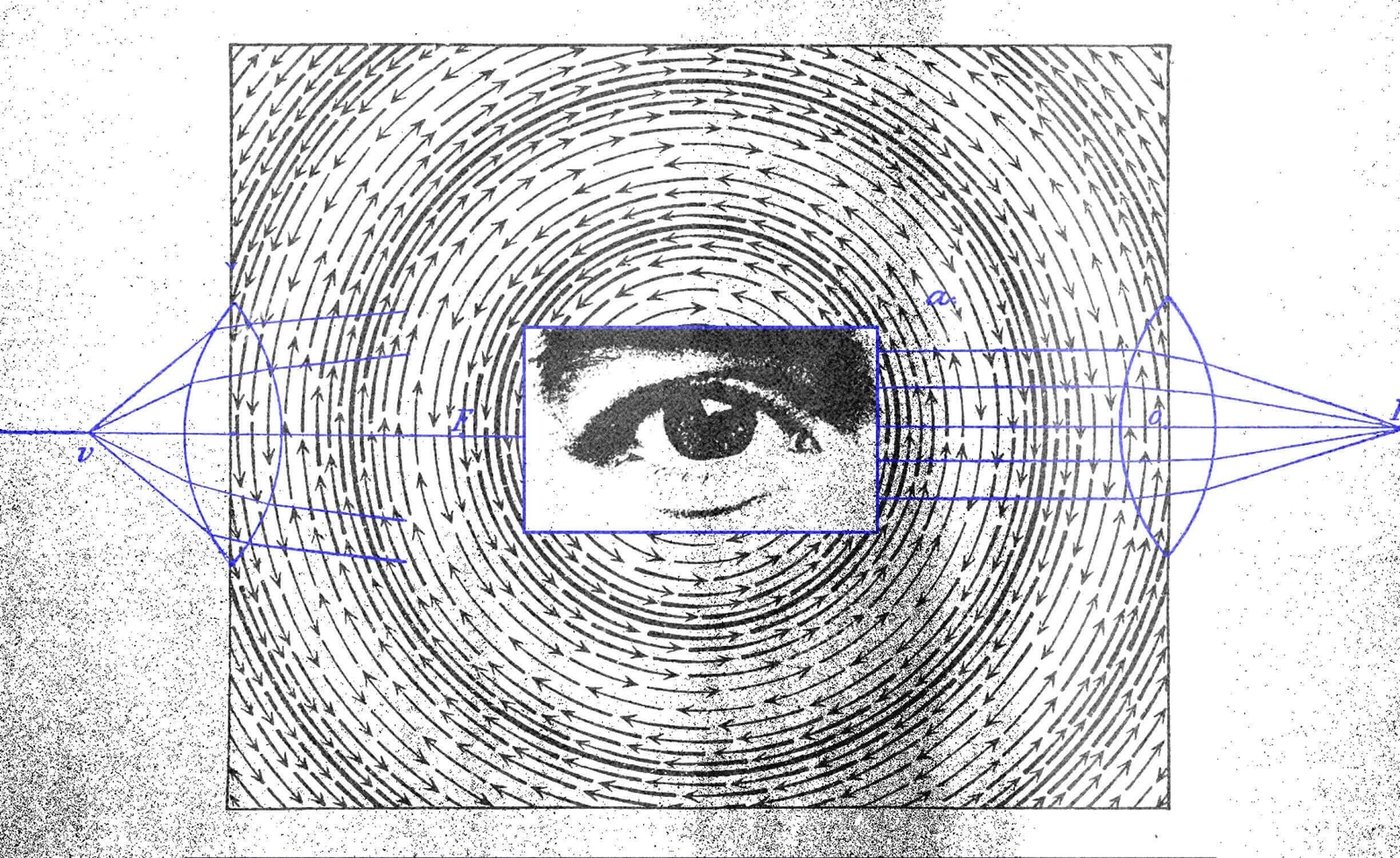

Brands that have cracked the case are among the largest in the world. Their deep connection to their customer demonstrates the enormity of their brand value. Rocking the boat with something unaligned with who they are can be as seemingly minuscule as a slight off-brand tweet, or as big as hitching that boat irreversibly to the wrong brand ambassador.
Any disconnect will be perceived as a lack of sincerity.
We create and assume trust between the brand and the audience. They expect a brand will be authentic, to have your best interests in mind, deliver what you’ve paid for, not do something opposite to its values. This is where a disconnect can be perceived as a lack of sincerity. If your brand is doing one thing and saying another, the customer will disconnect. If the brand fails to uphold its promise, the customer will disconnect. If the value doesn’t match the cost, the customer will disconnect.
It’s a trusting relationship built on being who you (the brand) say you are, and continuing to demonstrate (the brand story) that you are who you say you are. This kind of brand authenticity can often be taken for granted. It’s not always a linear journey. The first glimpse for a new customer could well be jumping in years after the foundation of the brand has been communicated. It’s a continual mission to ensure that your brand values, ethics, personality, and purpose are communicated well. Finding new and engaging ways to keep that conversation going and appear attractive to the consumer is the core of just about all brand awareness marketing.
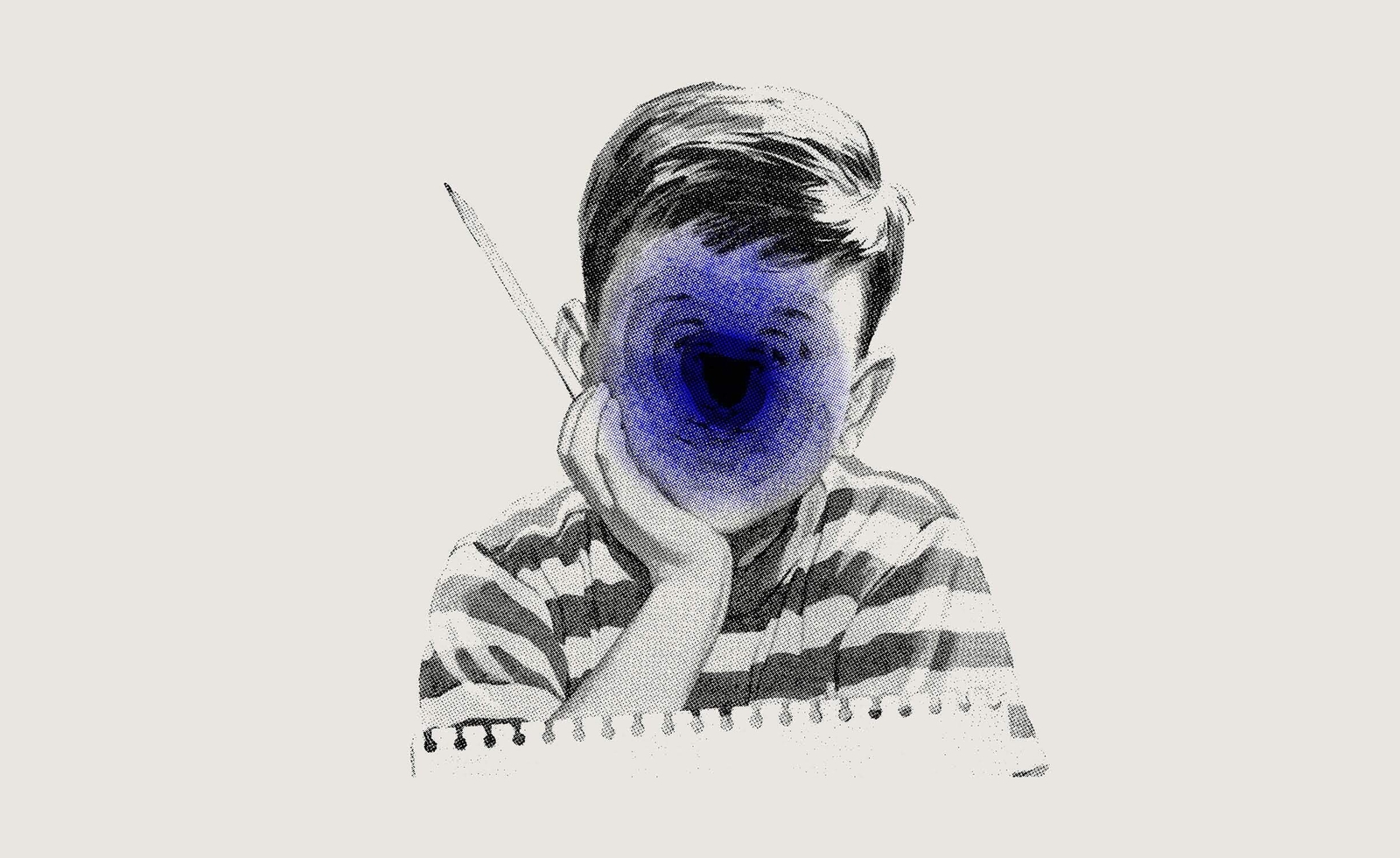

There is a research field of ‘Neuroscience marketing’ which help brands influence customer buying decisions with scientific study. Reactions to the refinement of emotional triggers, changes in imagery, colours, messaging. This practical approach enables companies to understand the psychological aspects underlying a compelling campaign. This applies to advertising, branding, product development, packaging, and entertainment. Wherever there is significant product investment and a need for risk reduction, neuroscience can play a part in defining which chemical responses are firing off and why. This understanding of consumer thought, emotion, and behaviour is leveraged by many of the world’s largest brands. It makes you wonder; when it comes to refined commercial design – just how much control do I have over my thoughts? Has this been engineered to appeal to me? Well, in many cases… yes it has.
Chemical Reaction.
We’re all a hot mess of chemicals, receptors, emotion, and electrical pulses. What we look at, the experiences we have, the taste, smell, vibe… it’s all positive and negative chemical reactions brands can play with and use to their competitive advantage. Now, we’re not that robotic that we see an advert for the new iPhone and think; “Jeepers that was a hit to the limbic system”. However, that is precisely the part of the brain responsible for behavioural and emotional responses. We feel the need and want for that item from an almost Neanderthal concoction of chemicals.
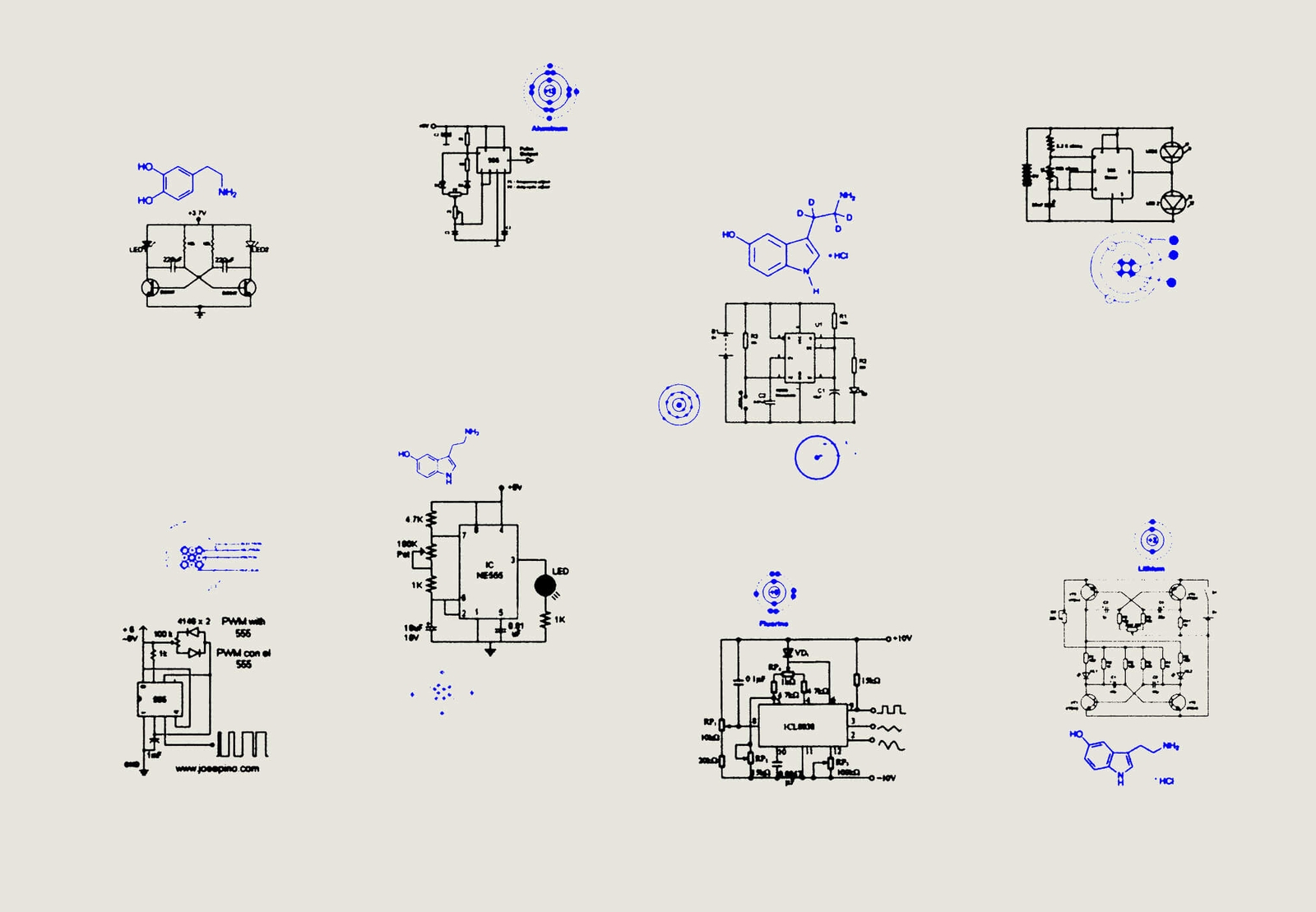

The more ‘personal’ the relationship between a consumer and a brand is, the stronger the brand gets and the more loyal consumers become.
My Brands.
It’s funny how we say ‘my’ brand/s – like it’s ours… Again, this is the deeply personal connection that resonates with the perception of self. We take ownership of the product and the mindset which that brand portrays. I.e. I like that particular form of choice in a brand because it somehow aligns with how I see myself or want to be seen by others. And, we all do this in our specific way — each a microcosm of preferences, aspiration, social ques, world views, status, politics, convenience, you name it… There’s a reason why we choose that brand over another. And, then you also need to consider how price and value play their role. We might aspire to the social status of a Ferrari and connect with their racing heritage story, admire their brand ambassadors, etc. However, the price point makes that purchase too far of a leap for the majority of us. We might just wear the t-shirt instead. So what might my selection of brand connection tell you about me? And, what might your selection of brands tell you about you?
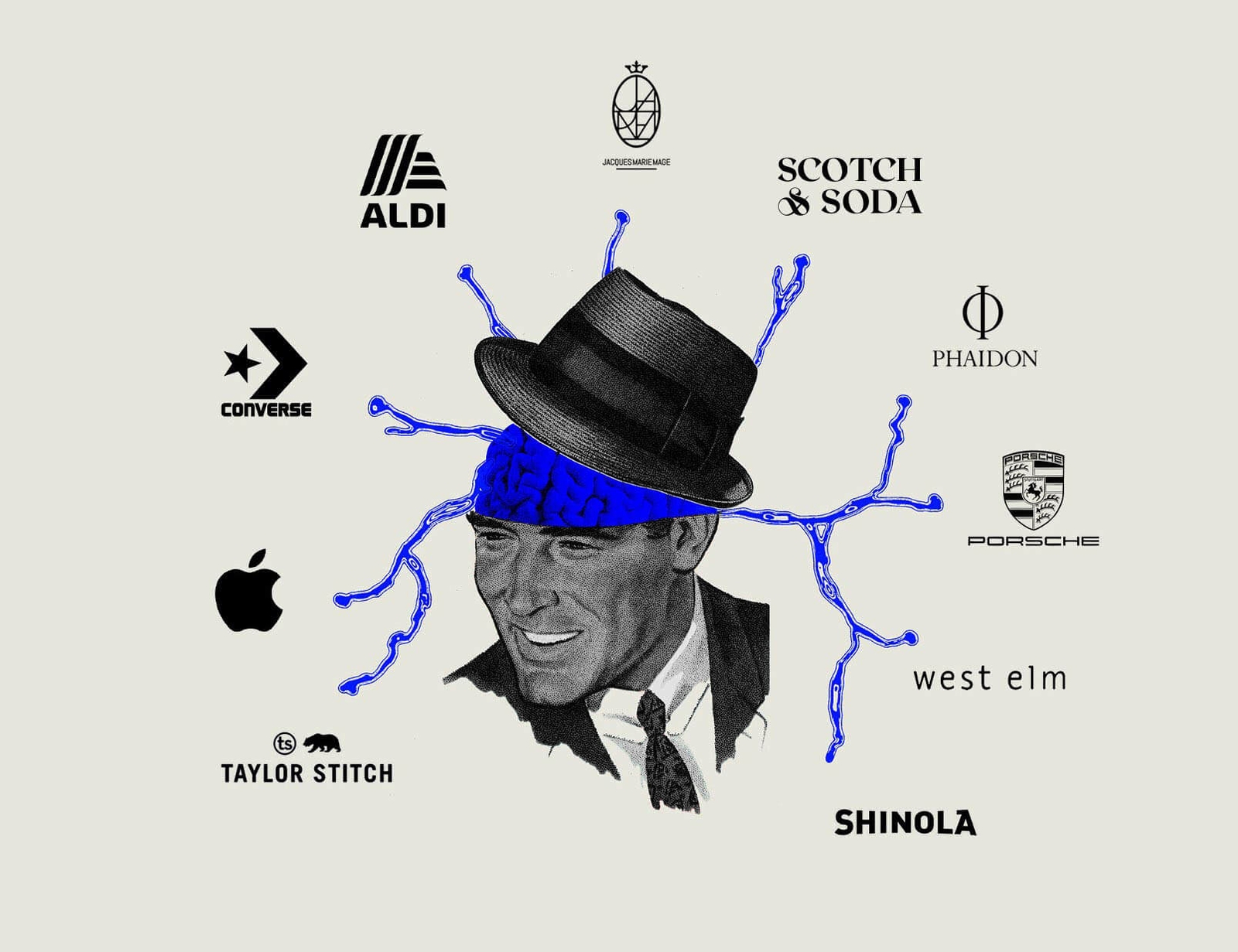

Feels Right
I don’t want to commonly see these items elsewhere. I want my brands to be a little bit left of the field from everyone else. They’re not hyper exclusive. They’re not completely obscure. They just all click in to place with how I prefer my brands to be, or look, or behave.
Style
Just like you, my brands fit my style. The way I want to look, feel, behave; products and brands of my choosing need to fit the criteria of personal style. From brand to brand there’s an overlap – something about them which fits across them all.
Quality
I don’t want to commonly see these items elsewhere. I want my brands to be a little bit left of the field from everyone else. They’re not hyper exclusive. They’re not completely obscure. They just all click in to place with how I prefer my brands to be, or look, or behave.
Unique
Just like you, my brands fit my style. The way I want to look, feel, behave; products and brands of my choosing need to fit the criteria of personal style. From brand to brand there’s an overlap – something about them which fits across them all.


You can’t be everything to everyone.
The Psychology of brands has a lot to do with why a brand can’t be everything to everyone — those who try inevitably become so boring and ineffective that competitors can quickly overtake them. This is because; not everyone is the same. We’re all individual. We all have a different view of the world. Trying to dull everything down to accommodate everyone makes it near impossible for individual identities to connect with why the brand exists. Even the most mundane of retailers, common products, or highly specialised b2b companies need something personable to connect with. A message which resonates with the consumer. The style correlates with its purpose. Distinctive DNA creates meaningful interaction with the transaction.
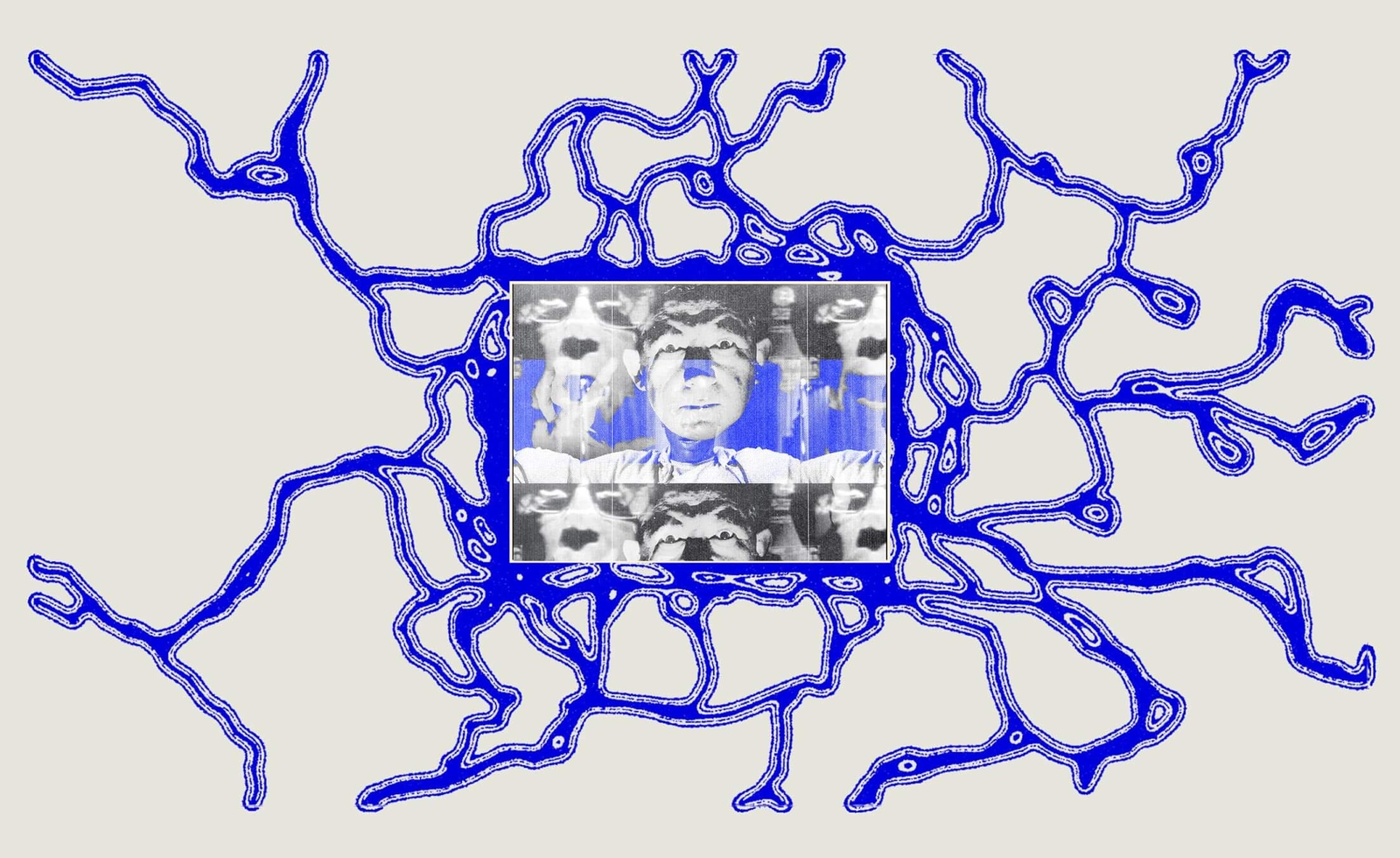

Alignment of brand personality.
For those of us who don’t have the millions to invest in Neuroscience Market Research – There’s not always a simple plan which brands can follow to align their personality with their target audience. The feeling of design can’t always be itemised like a spreadsheet. Getting the tone of voice correct isn’t always something that is straightforward. But, this is where brand psychology is fit for purpose. To connect with your audience, tell a relatable story, and portray an authentic/aspirational style; you need to know what you are dealing with.
Knowing your audience is fundamental to the alignment of your brand personality. Which psychological triggers can you leverage to form the bond between your customers and the brand? There’s plenty of beautiful brands out there which quite frankly have about as much personality as a brick. It’s really easy to have a brand that looks nice, but, does it connect with the underlying psychology of what the customer wants? Does the DNA feel like a good fit?
Assumptions of individual personas are generalised but reasonably accurate. If you can individualise your customer down to a hand full of good guesses and align your brand accordingly – you have something relatively sound to test with. Try it out, see what happens, get some feedback; are the right chemicals firing off in response to what your brand is portraying? If it’s not working, tweak the core values until it’s spot on.
Actions speak louder than words.
It’s all good and well to say you’re something, but does your brand follow through? Is it all talk no action? What you actually do is far more important than what you say. For example; a brand might say they are highly innovative – but in reality, are they a dull copy of a competitor? Void of innovation. A brand might say they’re environmentally conscious, but is that a little bit, or wholeheartedly? As consumers, we trust that the actions being taken by brands and the story being told to help market them are authentic. For global brands, breaking that trust can be irreparable. Think of Nike and their sweatshop revelations. Or Volkswagen and their emission scandal. Saying one thing and doing another is exactly where actions speak louder than words.
What you actually do with your brand as tangible outcomes gives meaning to the branding as a symbol of what that brand stands for. It’s up to the brand managers to ensure that what is being said actually follows through.
We constantly see missed opportunities for brands to take action. Take Coon cheese rebranding to ‘Cheer’ for example – it was well overdue for a name change, they took action to correct their racist connotations. But, was that not a good time to commit to something like; “as of right now, every pack of Cheer sold will be donating 50c to indigenous community support”. That as an action for the brand (in my view) would speak louder than word/s, ie. Cheer! In their mission to ‘build a culture of acceptance’ could more action be taken to achieve that goal? Or, are we expecting too much from a humble block of cheese?
The bottom line is; brands need to take action to be authentic. It’s basic humanity, truth, reality – we want what it has on the label. Disrupting that trust is risky business. Think about what aligns with your customer, and think differently about how your brand can take actions to demonstrate how it’s living up to its values.
0

